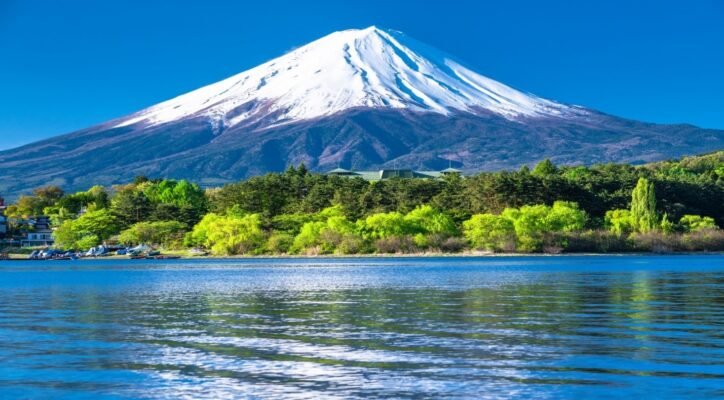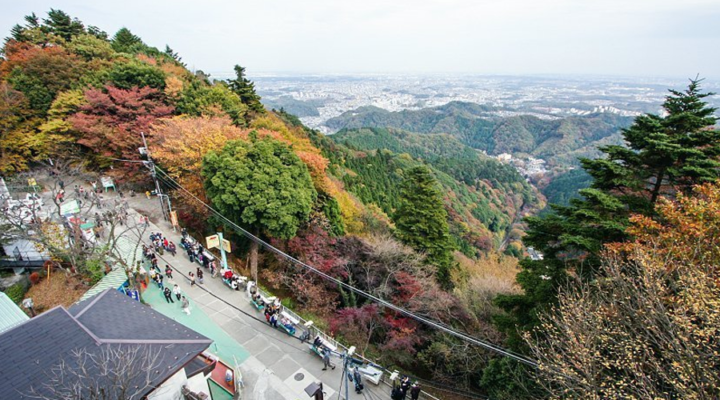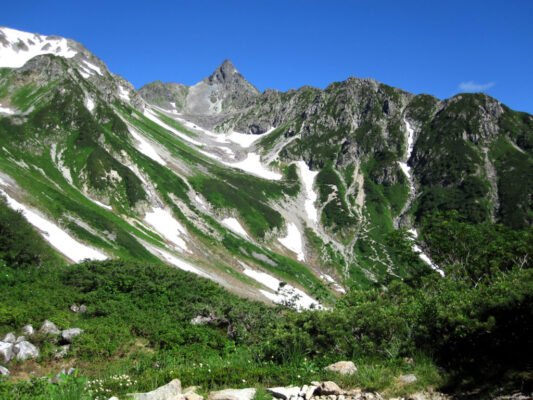Climning in Japan: Japan is a paradise for hikers and mountain lovers. Beyond the busy cities and neon lights lies a world of misty trails, sacred peaks, and endless horizons. If you’ve ever dreamed of climbing in Japan, this is where nature, culture, and spirituality come together — in every step you take upward.
Here are three iconic mountains that every traveler should experience at least once in their life. Each offers not only breathtaking views but also a story of spirit and endurance.
1. Climbing in Japan: Mount Fuji – The Sacred Symbol of Japan

You can’t talk about climbing in Japan without mentioning Mount Fuji — the country’s highest and most iconic peak, standing at 3,776 meters. Located just a few hours from Tokyo, Fuji is more than a mountain; it’s a cultural symbol, a sacred place, and a lifelong dream for many climbers.
The official climbing season runs from early July to early September, when trails are free from snow and mountain huts are open. Among the four main routes, the Yoshida Trail is the most popular for beginners, offering plenty of rest stops and sunrise viewpoints.
Reaching the top before dawn is a once-in-a-lifetime experience. As the first light spreads across the horizon — the moment known as “Goraikō” (御来光) — you’ll understand why the Japanese see Fuji not only as a mountain but as a living spirit.
🕒 Time required: 5–7 hours ascent, 3–5 hours descent
💡 Tip: Start at night and time your arrival for sunrise. Book a mountain hut early if you plan to rest midway.
2. Climbing in Japan: Mount Takao – Nature Meets Tradition Near Tokyo

If you want a gentle start before tackling Japan’s giants, Mount Takao, only 50 minutes from central Tokyo, is a perfect choice. At 599 meters, it’s small but packed with charm, culture, and accessibility.
Takao offers seven main hiking trails, suitable for all levels. Along the way, you’ll pass through ancient cedar forests, visit Yakuoin Temple, and even encounter statues of tengu — mythical mountain spirits believed to protect the sacred grounds.
At the summit, you can enjoy a panoramic view of Tokyo and, on clear days, even catch a glimpse of Mount Fuji in the distance. For many city dwellers, Takao is a quick escape from the urban rush — a reminder that climbing in Japan doesn’t always mean going far or high; sometimes, it’s about reconnecting with nature just outside the city.
🍁 Best time: Autumn (late October–November) when the maple leaves turn fiery red
🚡 Tip: You can take a cable car halfway up if you want to save energy for the summit.
3.Climbing in Japan: Mount Yari – The “Japanese Matterhorn”

For seasoned hikers seeking a real challenge, Mount Yari, located in the Northern Japan Alps, is a thrilling adventure. Standing at 3,180 meters, it’s the fifth-highest mountain in Japan and one of the country’s most recognizable peaks — sharp, rugged, and majestic.
The trail to Yari is part of the legendary Kamikochi–Yarigatake route, a multi-day trek that tests endurance and spirit. Hikers often stay overnight in mountain lodges or bring tents, as the climb can take 2–3 days depending on pace and weather.
What makes Yari special is not just its difficulty, but its reward: from the summit, you’ll see a breathtaking panorama of the Hida Mountains, often floating above a sea of clouds. For those passionate about climbing in Japan, this is the ultimate goal — a symbol of grit, adventure, and connection with nature.
🎒 Recommended for: Experienced climbers with good gear
📅 Best season: Mid-July to early October
🔥 Pro tip: Join a local guided group if you’re not used to alpine conditions.
Climbing in Japan: Final Thoughts – More Than Just a Climb
Whether you’re standing on Mount Fuji watching the sunrise, wandering through cedar paths of Mount Takao, or challenging yourself on the sharp ridges of Mount Yari, climbing in Japan is more than a physical journey. It’s a way to touch the heart of Japanese culture — respect for nature, patience, and harmony between humans and the mountains.
Each climb tells a story — not only of the land but of the climber themselves. So next time you plan your trip, pack your hiking boots and spirit of curiosity. Japan’s mountains are calling, and their silence speaks louder than any city noise.
Follow us: Asia Backpack Travel
Read More:
Japan tourist visa application: How to Easily Apply
Preparing for a trip to South Korea; What to Prepare for Traveling to South Korea?
